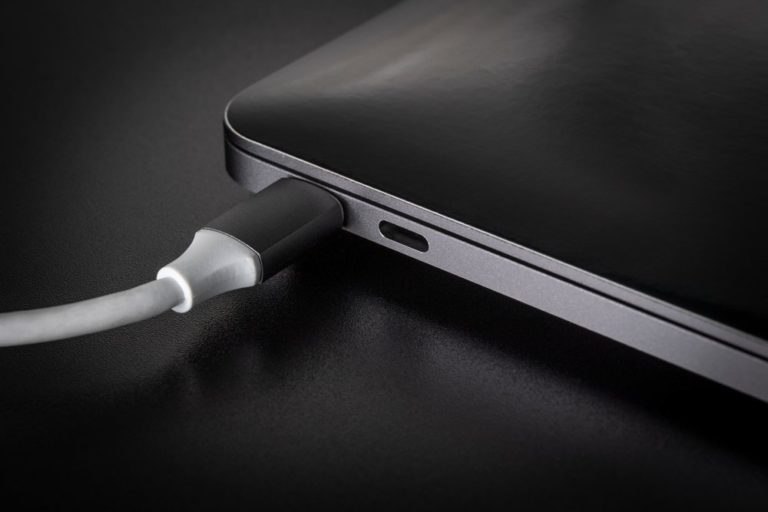The USB Promoter Group has given its approval to USB4. This is a new USB standard that enables data transfer rates of up to 40 gigabits per second. The current standard is USB 3.2 and supports up to 20 gigabit per second. The USB Promoter Group embraces the Apple and Intel Thunderbolt 3 standard, allowing for higher speeds.
The combination of USB and Thunderbolt 3 is possible because Intel makes the specification for this technology available without charging for it. According to a statement by the USB Promoter Group, this combination makes it possible to make a dynamic connection with multiple end devices. The new standard also continues to support the older standards, including USB 3.2, USB 2.0 and Thunderbolt 3. USB4 will therefore soon be available for a wide range of devices.
Substantial improvement
The new USB standard does not contain any rules regarding the design of a USB connector. Chances are that most manufacturers will soon opt for a USB Type-C design. In 2014 this was the first USB standard with a different design than the USB connector that was launched in 1996. In the five years since its launch, USB Type-C has become the standard for high-end phones, but it is also increasingly found in computers. This latest development also makes the combination of USB and Thunderbolt very interesting.
Because the new standard allows a much higher speed, the possibilities of USB4 are greater than previous generations. USB Type-C made it possible to charge devices, but also to transfer data and USB4 expands these possibilities. The main goal of USB is to deliver the best user experience by combining data, display and power in a user-friendly and robust cable and connector, writes the USB Promoter Group in its statement. USB4 further enhances that experience by optimizing the mix of data and display in a single connection and doubling performance.
This news article was automatically translated from Dutch to give Techzine.eu a head start. All news articles after September 1, 2019 are written in native English and NOT translated. All our background stories are written in native English as well. For more information read our launch article.